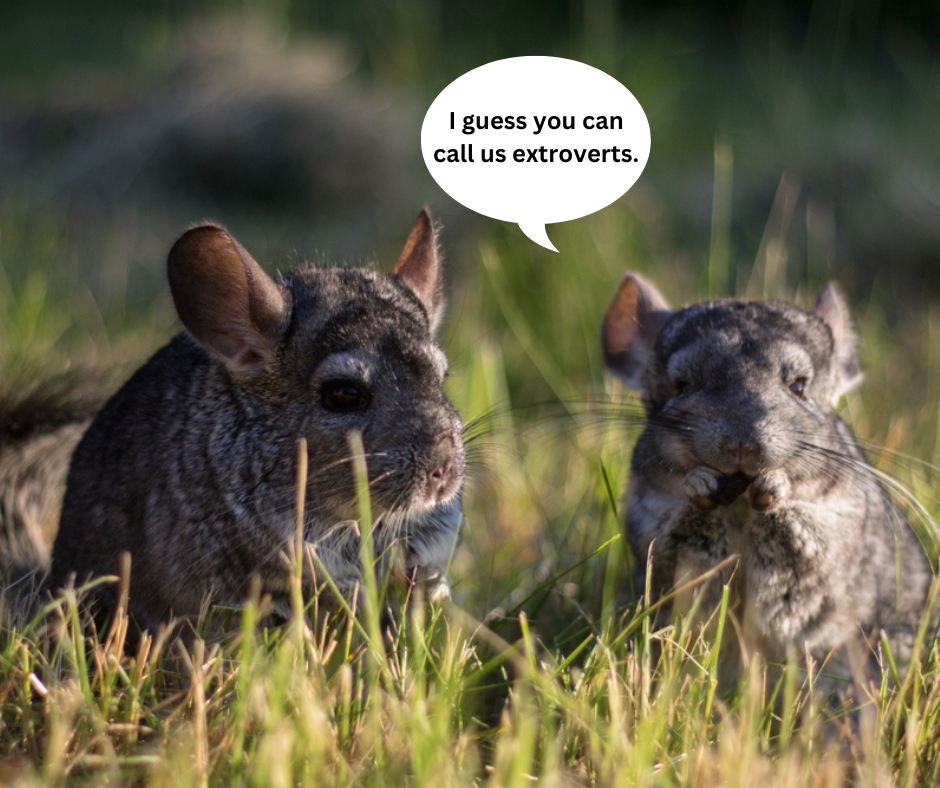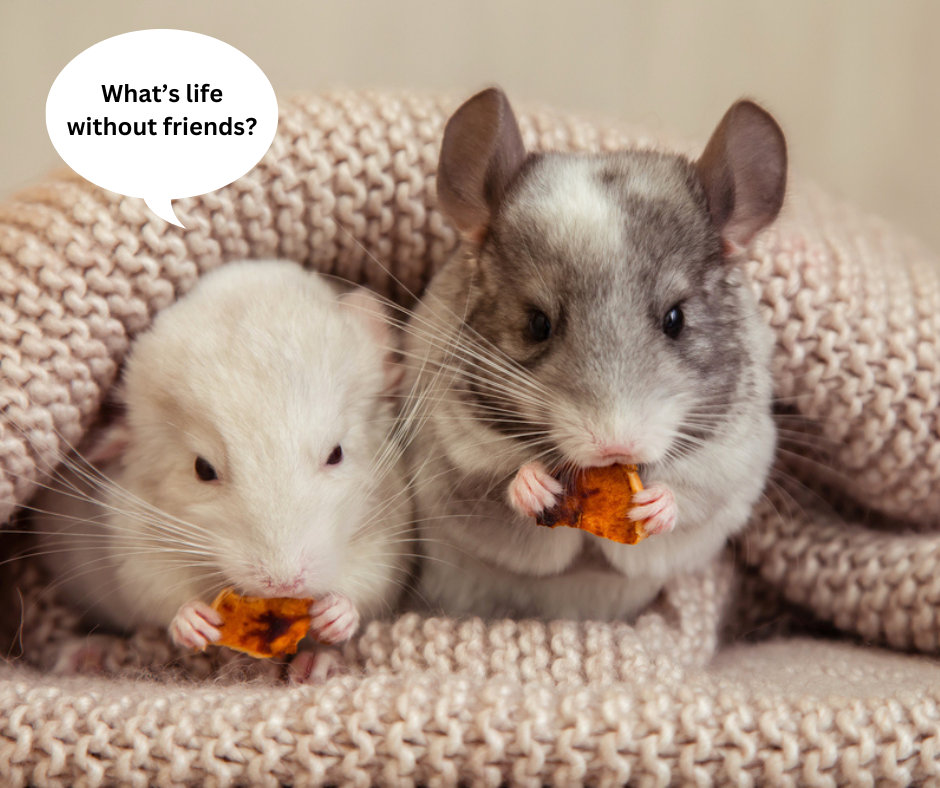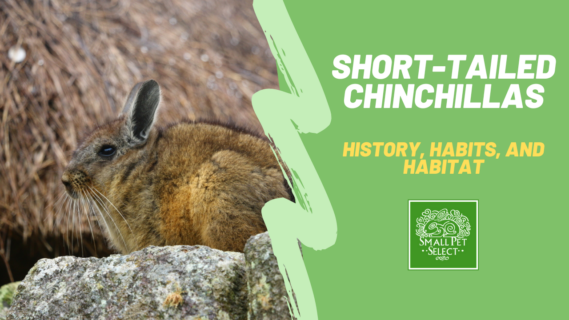Let’s talk about the different species of chinchillas! Yes, there’s more than one. Short-tailed chinchillas and long-tailed chinchillas have more differences than just their tails.
Surprisingly, our domestic chinchillas aren’t exactly like either of these two species but it is thought that they descended from long-tailed chinchillas. Though they have been specifically bred for size and temperament and don’t look exactly like wild chins.
Short-tailed chinchillas have denser fur than long-tailed chinchillas. These chinchillas are found less in the wild due to how heavily they were hunted for their fur.
It makes sense that there were more long-tailed chinchillas around to use when domesticating chinchillas. Let’s dive into the history and habitat of the short-tailed chinchilla!
Short and Long-Tailed Chinchillas Are Two Different Species
When we’re talking about these two different types of chinchillas, this isn’t a matter of different breeds. They’re actually entirely different species. Short-tailed chinchillas (chinchilla chinchilla) and long-tailed chinchillas (chinchilla lanigera) look quite different. It doesn’t take an expert to tell them apart!
Where Do Short-Tailed Chinchillas Live?
Chinchillas live in the Andes mountains at the edge of the Atacama desert. Short-tailed chinchillas live higher up than long-tailed chinchillas. It makes sense they have thicker fur so they can handle the colder temperatures!
The Atacama desert is the driest place on earth so you can see how chinchillas love it there! Both long and short-tailed chinchillas need a dry place to live so their thick fur doesn’t trap moisture and cause skin issues. Cactuses are likely where they get most of their water from, they only need a small amount!
What Do Short-Tailed Chinchillas Look Like?
Short-tailed chinchillas are larger than long-tailed chinchillas. They’re bulkier and often referred to as “blocky”. Their fur is thicker but also shorter than a long-tailed chinchilla’s fur. Short-tailed chinchillas are known for their round look.

Length
Short-tailed chinchillas are 11-19 inches long. While long-tailed chinchillas usually aren’t more than 10 inches long.
Weight
Short-tailed chinchillas weigh anywhere from 400-800 grams (1.8 pounds). Long-tailed chinchillas are usually closer to 400 grams. Female chinchillas are typically longer and weigh more than male chinchillas though this difference is more noticeable in domestic chinchillas.
Diet and Daily Life
Short-tailed chinchillas can live in colonies with only a few other chinchillas or as many as a hundred chinchillas! Living together in groups helps keep them safe as they have others to be on the lookout for danger and warn each other if anything suspicious is going on.

As prey animals, these chins are very quick and don’t like to be exposed. They hide in crevices among the rocks on the mountainside. They’re most active at dawn, dusk, and at night.
They eat grasses and other vegetation providing them with a very high-fiber diet and plenty of roughage to wear their ever-growing teeth down.
Chinchillas have short front legs and larger hind legs that help them jump and climb on the steep cliffs of the Andes. They can jump across six feet!
Chinchilla Communication
Chinchillas make a whistle-like sound to warn other members of their colony that there’s danger. Chattering their teeth is another way they communicate that there may be danger around. Short-tailed chinchillas may even hiss if provoked.
Their usual chit-chat consists of squeals, high-pitched grunts, chirps, and barks. It’s important domestic chinchillas don’t live alone because social connection with other chinchillas keeps them mentally and emotionally healthy.

Short-Tailed Chinchillas Are Endangered
Commercial hunting of chinchillas has been illegal for the past 100 years. However, chinchillas were hunted so heavily before that the species hasn’t recovered and they’re still considered critically endangered.
The number of wild chinchillas is still decreasing due to habitat loss. Protecting their habitat and any help to connect colonies of chinchillas is the only way to increase the number of wild chinchillas. When colonies come together you get a larger gene pool with less inbreeding allowing for healthier chinchillas.
This also makes for happier and safer chinchillas as there’s safety in numbers!
Where Do Domestic Chinchillas Fit In?
Most people believe pet chinchillas are descendants of long-tailed chinchillas and some believe they’re a mixture of long and short-tailed chinchillas.
Mathias F. Chapman (an American mining engineer) imported 11 chinchillas from Chile into the U.S. in the 1920s. He took over a year to slowly introduce the chinchillas to a lower altitude and fed them their natural food. It’s likely that the pets we have today are direct descendants of those 11 chins!

Domestic chinchillas have been selectively bred and are now almost twice the size of those found in the wilderness. It’s easy to see why Mathias wanted to bring chinchillas to the U.S. They are soft, cuddly, cute, and especially smart! They also use their front paws to hold their snacks. Once you see that, you’re completely won over.
Chinchilla research is continuously growing! If you have any doubts or concerns contact your exotic vet.
We are not veterinarians, and none of our information should be construed as veterinary advice.





